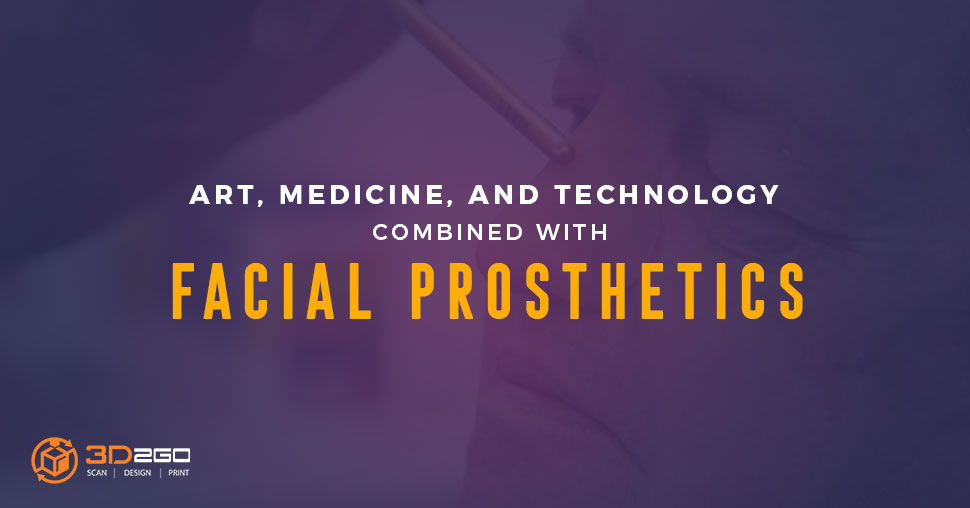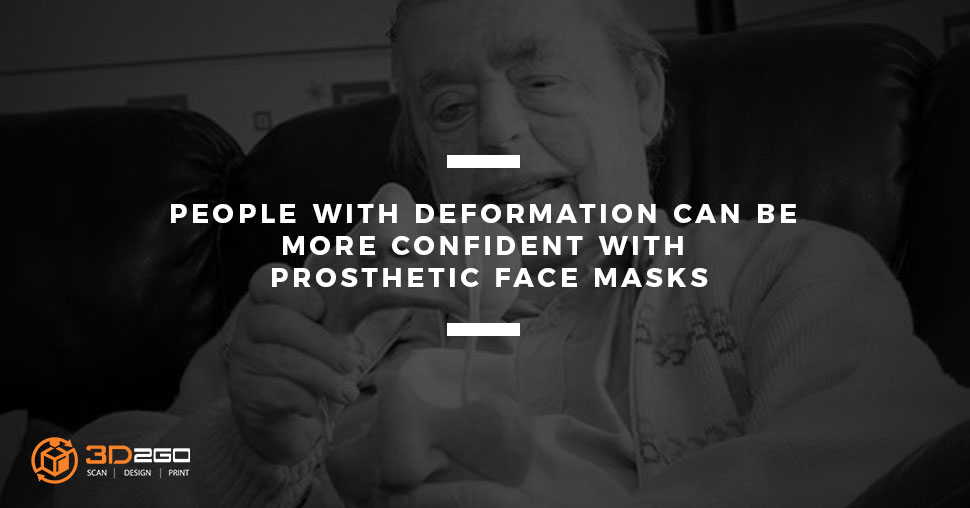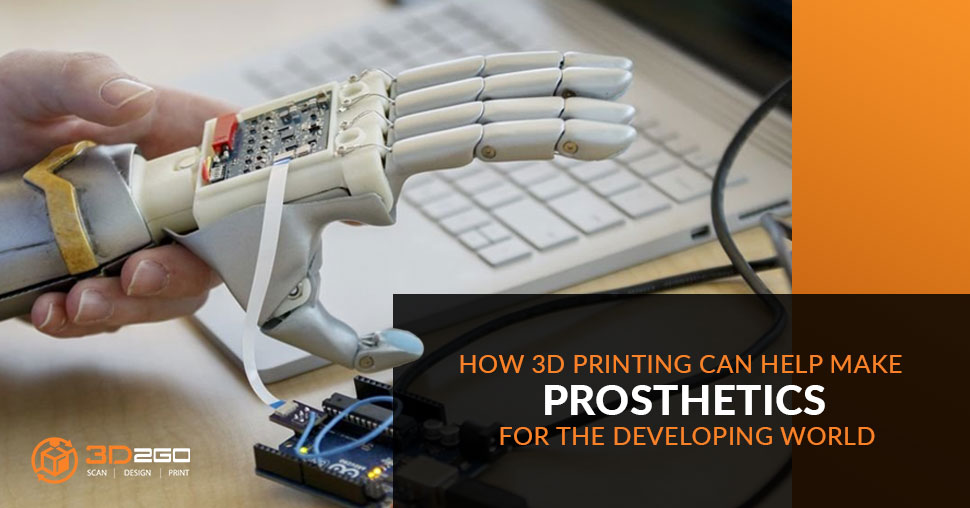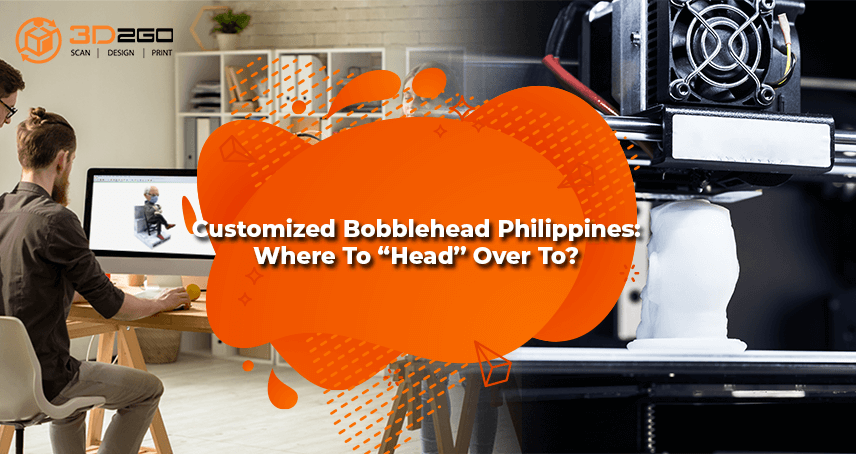
Customized Bobblehead Philippines: Where To “Head” Over To?
May 1, 2022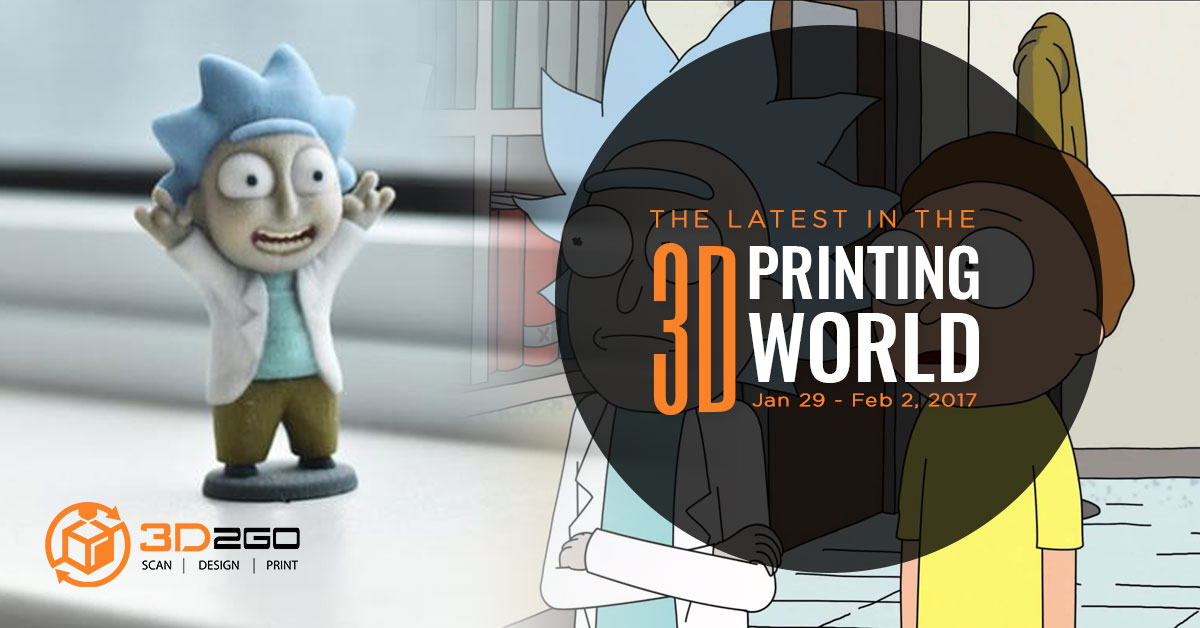
Industry News: 3D Printed Rick, 4D Printed Hydrogel, Artificial Ears, Engine Parts, Multi-powder Printer
May 2, 2022‘Heard about artificial face parts to go? It’s kind of unlikely. However, just like your favorite beverages; ear, nose, and eye prosthetics can be produced as quickly as baristas blend your coffee. This is truly possible these days – thanks to 3D printing technology’s brilliance, this medical innovation is very much accessible to people in the medical field and patients alike.
Fripp Design, a small manufacturing company from the northern part of England hopes to transform the world of prosthetics. The Guardian reported that the Sheffield-based company has developed a system for affordable and fast production of facial prostheses that include ear and nose replacements for accident victims.
“Conventional maxillofacial prosthetics are incredibly laborious and expensive to produce. And it takes normally 10 weeks to complete one. You have to take an impression from the area of trauma, cast a plaster positive, then make a mould, carve the desired form in wax, and cast it in silicone. The end result of this handmade process costs between £1,500 and £3,000,”says Tom Fripp, Fripp Design’s creator and industrial designer.
Fripp’s company has acquired a method along with the researchers at the University of Sheffield, which can produce customized ears and noses in a span of 48 hours working time. First part of the process is the scanning. Patients will be 3d-scanned and then the digital model will be modified, adding detailed contours to the new prosthetic part to have an exact fit. The contours for the prosthetic part will be taken from the patient’s relatives’ or friends’ scanned file.
Also, Fripp Design is working on 3D-printed eyes in the meantime. Compared to a handmade eye, which is worth more than 10 thousands of dollars, a 3D printed one will only cost around $160. According to reports, this Fripp’s 3D printing system can produce 150 prosthetic eyes in just an hour.
The major obstacle, however, is the high cost of 3D-scanning technology. And getting approval from the health authority is likewise hard. In a year or two, the company expects the technology to be in full swing.


